Rudbeckia Cherry Brandy
$5.90 Original price was: $5.90.$2.00Current price is: $2.00.
In stock
Already the winner of multiple awards, it’s a heart-warmer that grows like nobody’s business!
The first red-flowered Black-Eyed Susan ever available from seed!
Genus: Rudbeckia
Species: hirta
Variety: ‘Cherry Brandy’
Zone: 5 – 8
Bloom Start To End: Early Summer – Early Fall
Habit: Compact
Seeds Per Pack: 25
Plant Height: 24 in
Plant Width: 12 in – 15 in
Bloom Size: 3 in – 4 in
Additional Characteristics: Award Winner, Bird Lovers, Bloom First Year, Butterfly Lovers, Cut-and-Come-Again, Easy Care Plants, Long Bloomers, Needs Deadheading, Repeat Bloomer
Bloom Color: Dark Red, Maroon
Foliage Color: Medium Green
Light Requirements: Full Sun
Moisture Requirements: Dry, Moist, well-drained
Resistance: Disease Resistant, Drought Tolerant, Heat Tolerant, Humidity Tolerant, Pest Resistant
Soil Tolerance: Clay, Normal, loamy, Poor
Uses: Beds, Border, Containers, Cut Flowers, Everlastings, Outdoor
After growing Cherry Brandy, you’ll never look at Rudbeckia the same way again! This powerhouse of a plant is just 2 feet tall, but sends up dozens upon dozens of giant daisies over a long season, bringing butterflies and bees to pay their respects all summer long. The long-lasting blooms combine rich shades of red and maroon with that trademark big black eye, so you can imagine how terrific they look in the vase (or just the cone, dried as an Everlasting!). In autumn, hungry songbirds replace the butterflies and bees, feasting on the seeds. Don’t worry, though — there are plenty in every bloom, so Cherry Brandy will self-sow magnificently in your sunny garden!
These flowers reach 3 to 4 inches wide, with petals that shade from zingy cherry-red to deep maroon at the base. Slightly upturned, they are eye-catching even from down the street, so you can imagine what a fully-blooming plant or grouping looks like! Held on very strong stems (hey, they have to support those heavy birds in autumn!), the flowers soak up the sun, even in poor dry soils. Expect them to bloom from early summer well into fall in most climates!
Cherry Brandy holds the distinction of being the first-ever red-flowered Rudbeckia available in seed form, and it will come true from its own seed scattered in your garden, too. That’s good, because ALL of your gardening friends are going to want this plant! Deadhead the blooms as soon as they begin to pass, and a new flush will arise. Just remember to keep the last flowers on the plant until they dry out completely, so the birds will be fed and the seeds will fall! Cherry Brandy stands up to heat, humidity, drought, pests, and diseases effortlessly, making it wonderfully low maintenance in the garden!
Cherry Brandy has already won the Fleuroselect Novelty Award in Europe and the Green Thumb Award here in the States. Its combination of a compact habit, large blooms, and completely unique combination of colors wins hearts wherever it goes. And as a biennial (half-hardy annual), it would be short-lived if it didn’t reseed itself so generously! Here’s a plant that truly has everything a flower-loving gardener desires! North of its hardiness range, grow it as an annual.
The only slow thing about Cherry Brandy is the growth of its seedlings — they take their time, so sow the seeds in early- to mid-winter in your Bio-Dome or seed flats. (We recommend the Whopper Bio-Dome because the larger bio-sponges will enable your seedlings to grow an extensive root system before transplanting, but the original or jumbo models work fine too.) Alternating temperatures of 68 and 86 degrees F work best, so if you can move it from a chilly to a warm room, or turn off its heat mat every night, that will work fine. The seeds sprout promptly — 5 to 10 days should do it — and then very slowly grow. When they have acquired 2 sets of true leaves, they can be transplanted, but make sure all danger of frost is past. From sowing to transplanting typically takes 4 months. Of course, you can also sow the seeds outdoors anytime from spring through late summer, but we recommend starting them indoors to better control the temperature.
If you love Rudbeckia as much as we do, pair Cherry Brandy with another newcomer to the family–the stunning Denver Daisy! Or, if you like a nice mix of singles and doubles, add Cappuccino to the blend! But whatever you do, DO grow Cherry Brandy! It’s simply too spectacular to do without! Zones 5-8. Pkt is 25 seeds.
| Weight | 1 kg |
|---|---|
| Dimensions | 1 × 1 × 1 cm |
Add a review Cancel reply
Shipping is an additional 15-29 business days depending on location. Shipping time will be provided at checkout.
Returns
If seeds fail to leave China, we will refund your payment 100%. But if seeds fail to reach you due to customs problem on your side which we were not informed in advance, we will not be able to bear any loss, and no refund will be made.
We sell only viable plants seeds online, and test germination of our seeds from time to time. So we will not be able to refund for seeds that clients fail to germinate, unless we are convinced that it's truly problem of our seeds.
———
Please send us an email: [email protected] and be as detailed as possible while filling in the information.
After submission, We will reply to you within 24 hours. Please be patient.
———
CHARGEBACKS & DISPUTES
Please contact us by email before opening a merchant chargeback or payment dispute, as we can generally resolve the issue before that takes place. Any chargebacks and disputes disable our ability to issue refunds or credits due to funds being frozen.
———
REFUND, EXCHANGE AND RETURN
Customers have the right to request a refund/ return/ exchange within 14 days from the delivery date. Our Customer Service team will offer the best solutions for specific situations.
Related products
Black-Eyed Susan Seeds
Black-Eyed Susan Seeds
Black-Eyed Susan Seeds
Black-Eyed Susan Seeds
Black-Eyed Susan Seeds
Black-Eyed Susan Seeds
Black-Eyed Susan Seeds
Black-Eyed Susan Seeds


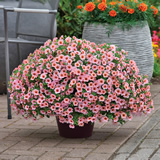
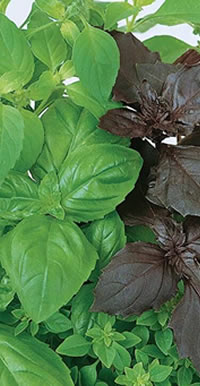
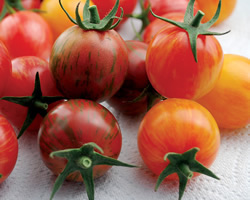
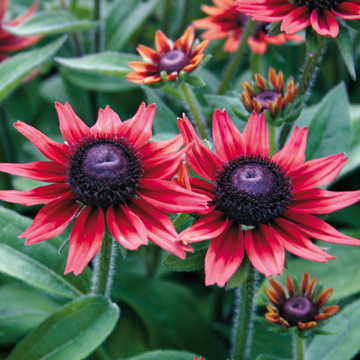
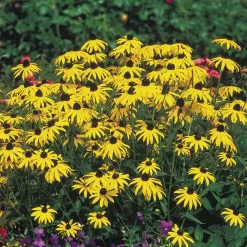
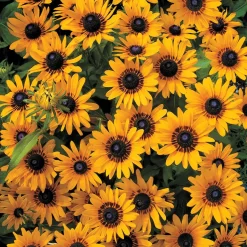
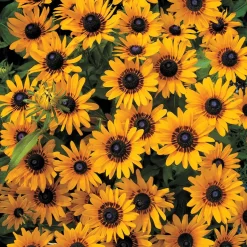
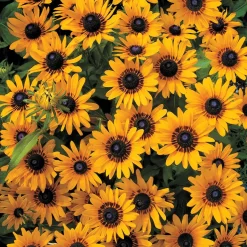
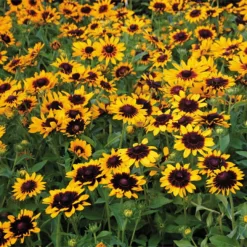
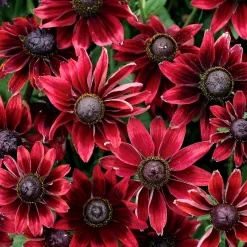
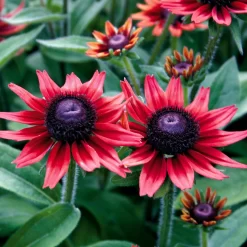
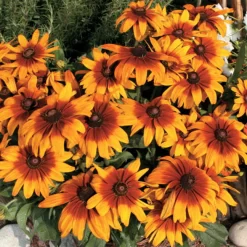
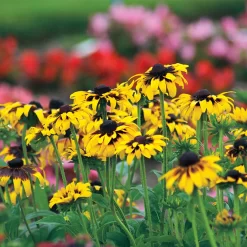
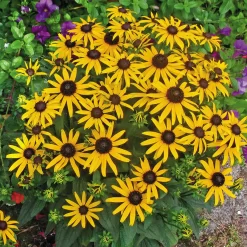
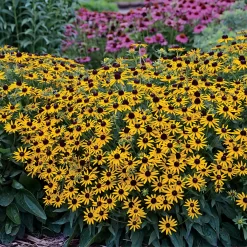
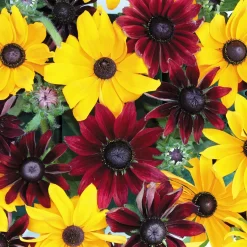

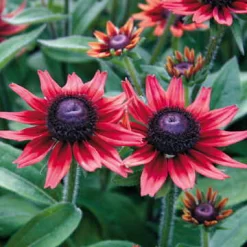
2 reviews for Rudbeckia Cherry Brandy